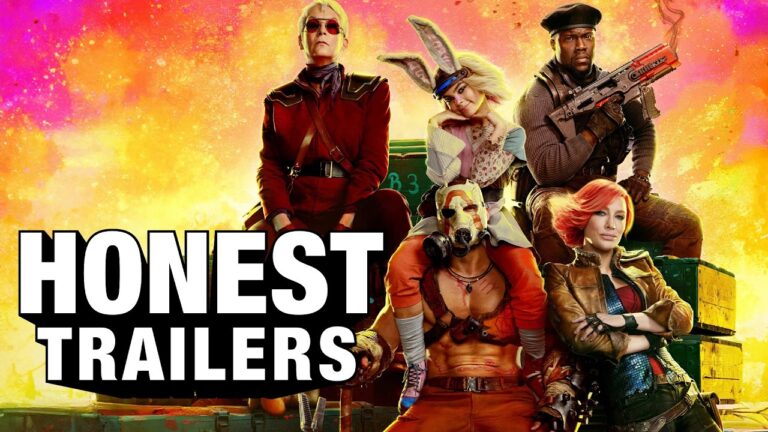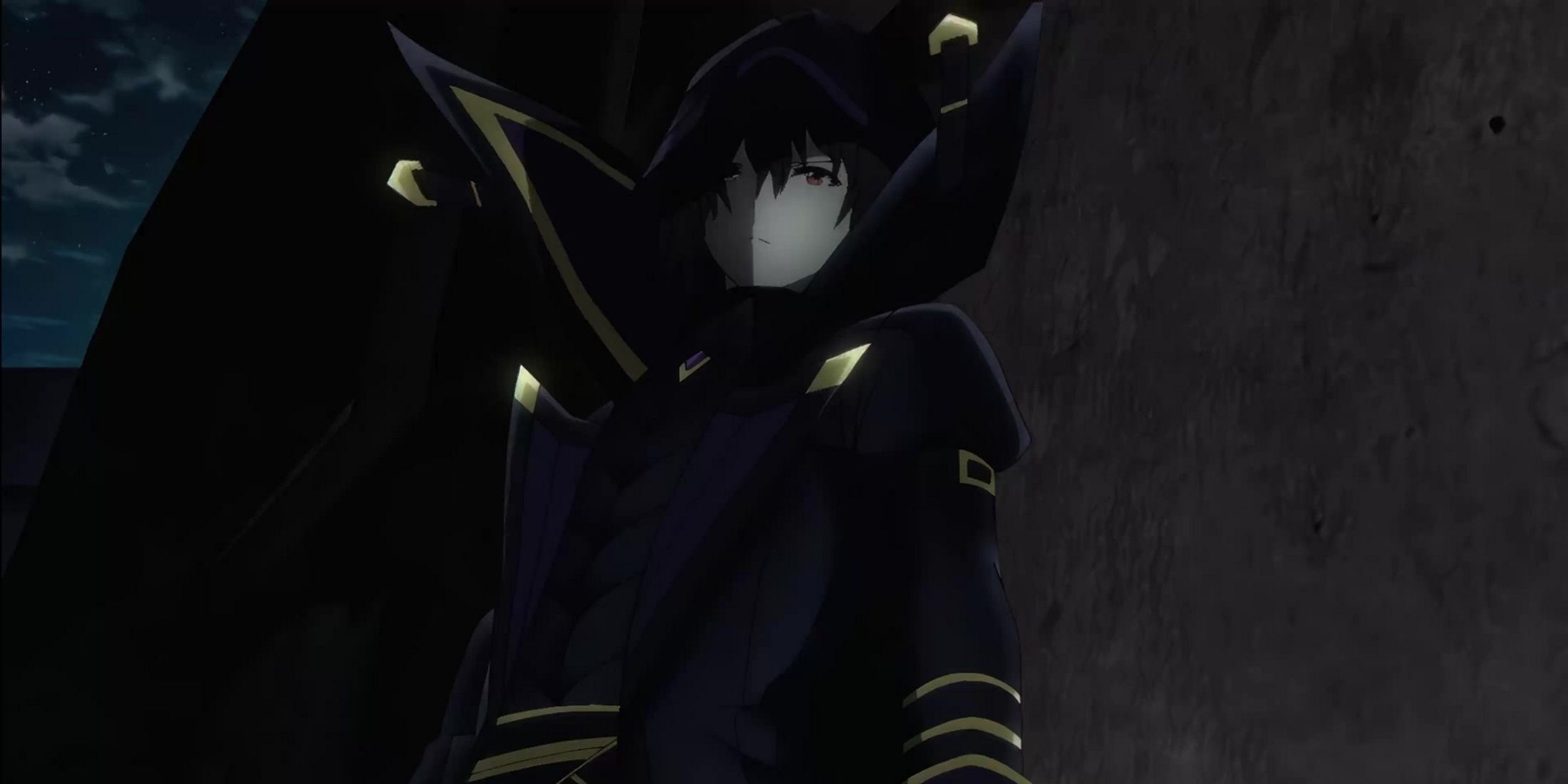
Summary
- Modern isekai heroes range from overly cautious to misanthropic.
- Characters like Seiya Ryuuguin exemplify anti-heroes through obsession.
- Not all anti-heroes are dark; Kazuma Satou is a bumbling yet reliable example.
Some of the earliest portal fantasy stories were about upsetting ye olde order of things. The old classics may have been about valiant knights slaying dragons to save princesses, but modern heroes sent back to those days had no time for traditional chivalry. Some of them even bordered on being anti-heroes, where their good deeds weren’t necessarily done for the right reasons.
Modern isekai is no different. Sure, there are leads who are white knights with modern hacks. But there are others who are everyday people thrown out of their depth in their fantasy worlds, reluctant Don Quixote-types surrounded by dim-witted Sancho Panzas, or figures who are one bad day away from turning to the dark side. These are the best anti-heroes in isekai anime.
Seiya Ryuuguin
The Downside of Prep Time
If being overly cautious was enough to make one an antihero, then Seiya Ryuuguin of Cautious Hero: The Hero is Overpowered, but Overly Cautious would be the best of the bunch. The goddess Ristarte summoned him to save the world of Gaeabrande from the Demon Lord because he had the best stats. But they came with a catch, as he didn’t just check under every stone. He checks them from every angle, too.
His obsession with being battle-ready was enough to drive Ristarte nuts, let alone his party members, who Seiya regularly reproaches for not sharing his finicky approach to adventuring. He does care for them, but his devotion to being prepared for every outcome makes him come off as aloof, haughty, and unemotional to them. Basically, by trying to be the best hero, he broke the dial and underflowed into being an anti-hero instead.
Naofumi Iwatani
Bitter and Betrayed
If people want a typical, if edgy, example of an isekai antihero, Naofumi Iwatani from Rising of the Shield Hero would fit the bill. He’s bitter, cynical, seems to hate everyone around him, and takes a pragmatic approach to solving problems. For example, after his slave Raphtalia’s home village was destroyed, he bought more slaves to help repopulate it. That way, they could ‘gain’ their independence. But he wasn’t always like that.
When he was first whisked away to RSH’s fantasy world, he was the typical, upbeat, plucky would-be hero. Then Malty, princess of Melromarc and a member of his party, stole his stuff and framed him for assault. That made him a figure of ridicule at best, and hatred at worst, so he returned the favor until he bought Raphtalia, and slowly learned to trust others again. Though calling it a path to redemption is a bit much, as he’s still a misanthropic slaveowner at the end of the day.
Hajime Nagumo
How One Good Guy Became the Lord of Edgelords
Like RSH’s Naofumi, Arifureta’s Hajime Nagumo used to be a normal guy who’d go out of his way to help others. That changed when he and his classmates were transported to Tortus, and he was left for dead after they gained better powers. The anger, betrayal, and hunger-induced madness changed him mentally, while feeding on the monsters he slayed changed him physically.
He became a stronger, colder, more ruthless figure who’d do anything to return to Japan. If anything gets in his way, be it monsters, civilians, classmates, etc., he’ll dispose of them swiftly without a second thought. The only thing keeping him from becoming an outright villain is that he likes looking after kids, likes the harem of monster girls he built up, and he’s still a dork at heart.
Kumoko
An Arachnid Discovers What It’s Like to Be Human
Still, it could be worse, like in So I’m a Spider, So What? In that series, an errant spell went through time and space to kill off everyone in an ordinary Japanese classroom. Everyone there was reincarnated in another world as nobles, royals, and other high-born people, except for Kumoko, who became the weakest kind of spider monster in a dungeon full of bigger beasts.
Trying to survive in its dark depths changed her, reduced her to eating dead bugs and fighting off (or fleeing from) threats in every corner. With her Parallel Minds skill, she got stronger at the cost of her humanity. She’d save people from bandits and other threats, but she’d write that off as part of her pursuit of skills and titles. It wasn’t until she formed an unlikely alliance with Ariel the Demon Lord that she would regain some sense of empathy for others.
Lugh Tuatha Dé
When an Isekai Needs a Hitman Instead of a Hero
In his old life, the pseudonymous ‘Allen Smith’ was the best assassin in the world. But if he thought he could retire when he grew old, he was sorely mistaken when his organization turned on him and blew up the flight he was on. Still, even in death, there was one more job waiting for him, as the goddess of another world needed him to kill off its Hero to avoid it falling into ruin.
Thus, The World’s Finest Assassin Gets Reincarnated in Another World as an Aristocrat, Lugh Tuatha Dé, so he can kill the Hero as soon as they stop the Demon Lord. He’ll help others and be kind to them, but not out of altruism. If he needs to trick or manipulate people, or torture and kill others to achieve his goals, he’ll do it. Though even after befriending Epona, the prophesied Hero, he finds his pragmatism getting tested.
Cid Kagenou
When the Main Character Has Main Character Syndrome
At least Lugh has the talent to back up his words and deeds. Cid Kagenou from The Eminence in Shadow is less fortunate. His death and rebirth just gave him the chance to live out his dream of being a morally ambivalent ‘shadow broker’-like character, running a secret group capable of freeing the land from the Cult of Diablos under the guise of being another NPC.
At least, that’s what he tells Alpha, an elf girl he cured with knowledge from his old world. He does get stronger through regular training and manages to make his Shadow Garden organization a reality. But when his fiction clashes with reality, things get tricky. As aloof and pragmatic as he acts, he’s not some super-strategic manipulator, nor some mob, but a guy living out his LARPing fantasies. Which might just be enough to save the day.
Ainz Ooal Gown
Resisting the Turn to the Dark Side
Some heroes on this list became anti-heroes due to additional influences, like Hajime and Kumoko’s monster-eating. But the most famous example of this is Ainz Ooal Gown from Overlord. He was originally called Momonga, and he was one of the few players left running games in the DMMORPG YGGDRASIL when its servers were about to be shut down.
Instead of getting cut off, he was absorbed into the game as his skeletal lich avatar, and its virtual world became real. Taking the name of his old guild, the newly dubbed Ainz now must find a way back to the real world. Provided his lich impulses don’t take over, as he gradually finds himself caring less about people outside his friend group, and he’s just as willing to kill them off as well as the monsters if they get in his way.
Subaru Natsuki
A Diamond in the Rough
Anti-heroes are usually seen as dark, morally gray characters who could easily become the series’ villains if they didn’t have one or two things keeping them in the light. But Re:Zero’s Subaru Natsuki doesn’t seem to have a bad bone in his body. He’s kind to a fault, loyal to his friends, and capable of turning the other cheek. Sounds like a typical goody.
But is he heroic? Beyond having the inability to die, he didn’t have any special powers or abilities when he got whisked away to Re:Zero’s world. Unless his insecurity, depression, and habitual promise-breaking count. He’s easily shaken and makes mistakes, but keeps pressing on for the sake of others. So, there is a heroic side to him, but it takes some effort for him to find it.
Kazuma Satou
Bumbling into Greatness
Not all anti-heroes are edgelords, posers, or fish out of water. Kazuma Satou of KonoSuba manages to be one by being hopeless. He can be mean and blunt, lazy, cowardly in battle, a pervert towards women, and, according to his best frenemy Aqua, has “the mental resilience of tofu”. He wouldn’t fight the Devil King if he weren’t driven to do so by circumstance.
Yet when the chips are down, he can prove to be surprisingly reliable, coming through to protect his friends, and winning battles by working smarter than harder, even if it means sweet-talking his party into doing things. Yet he doesn’t lie to them or exploit them. He’s just being economical with the truth. So, he’s a good guy without being a good guy, so to speak.
Tanya von Degurechaff
It’s Good to Be Evil Sometimes
In loose terms, an anti-hero is someone who does the right thing for the wrong reasons, while an anti-villain is someone who does the wrong thing for understandable reasons. Given the show is called The Saga of Tanya the Evil, it’s hard to see how either of those labels fit Tanya von Degurechaff herself. Isn’t she just an evil protagonist like Death Note’s Light Yagami or Lucy from Elfen Lied?
She’s a bit more complex than that. Reborn as a young girl in an alternate World War I-era Germany, she’s a manipulative user and a likely psychopath, and thinks humanity is worthless. Yet she adheres to international law and rejects nihilism by supporting her troops, driving them to be the best against all odds. She may be evil, but she’s more complex than her ‘Evil’ tag lets on.



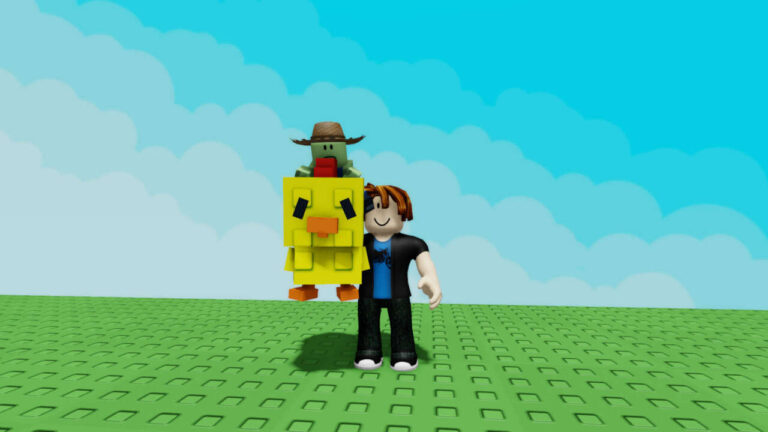
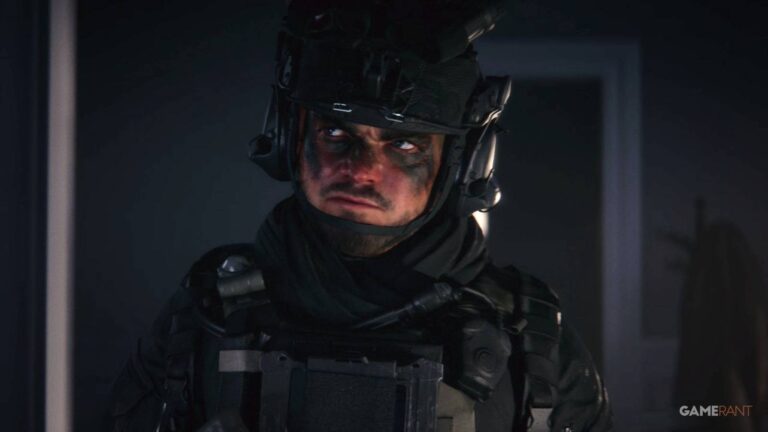



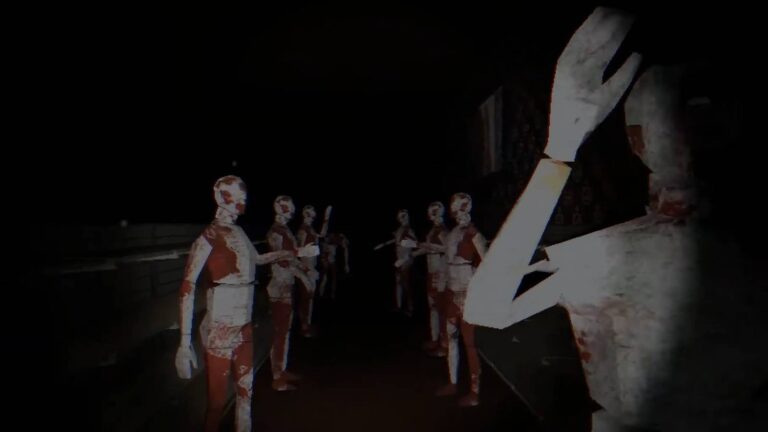
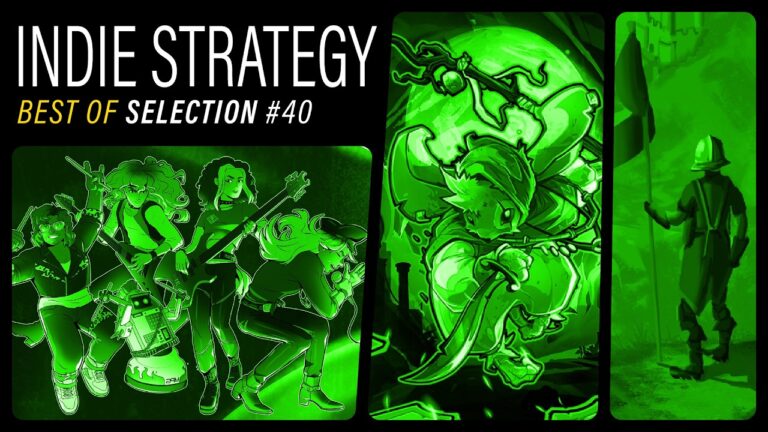
![[Minecraft] How to Build a Cherry Blossom Farm / Crop](https://gaminginflux.com/wp-content/uploads/2025/10/Minecraft-How-to-Build-a-Cherry-Blossom-Farm-Crop-768x432.jpg)
